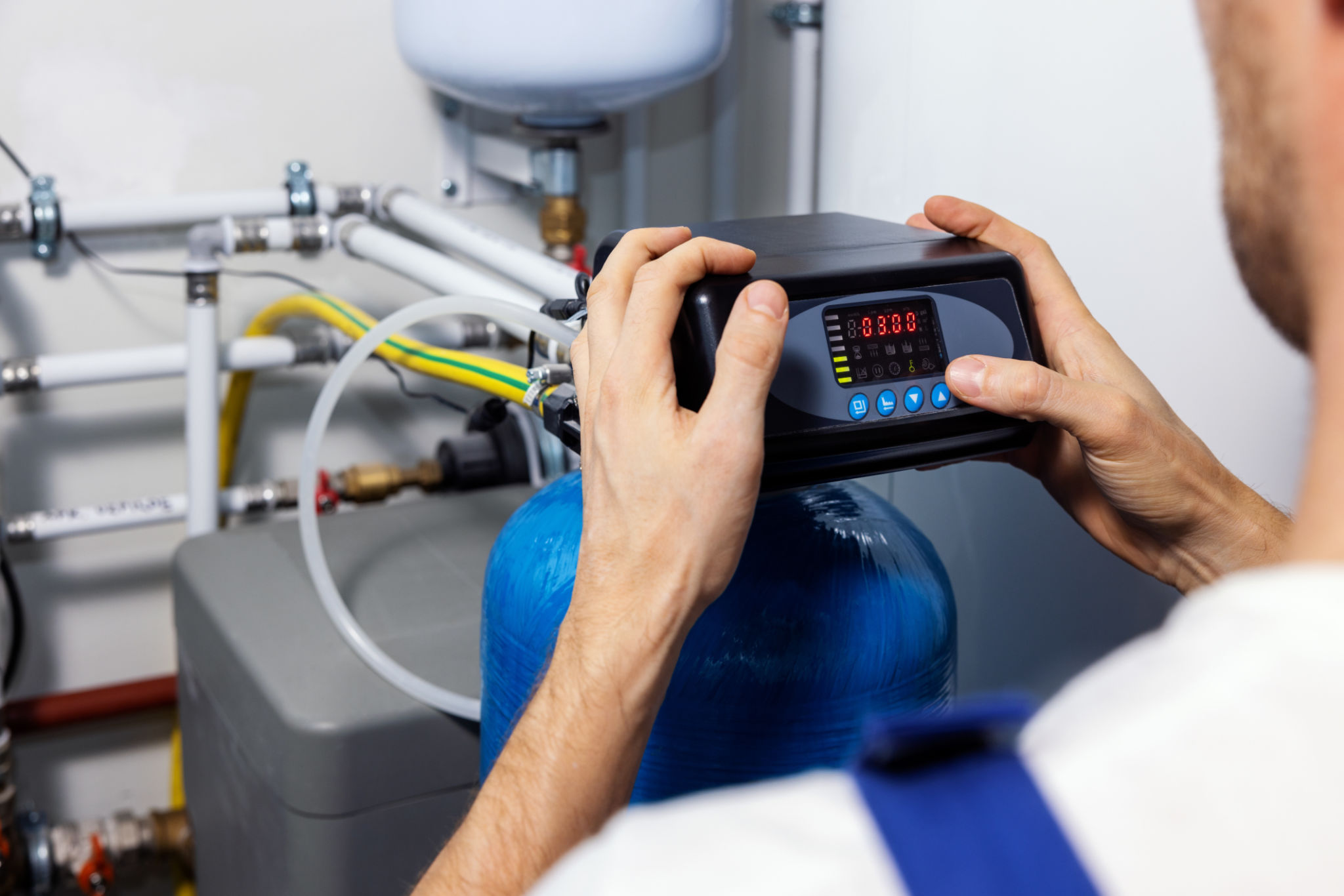Common Myths About Backflow Prevention and Compliance
Understanding Backflow Prevention
Backflow prevention is an essential aspect of maintaining a safe and healthy water supply. Despite its importance, there are many myths surrounding backflow prevention and compliance that can lead to misunderstandings. This blog post aims to debunk some of these myths and provide clarity on the topic.

Myth 1: Backflow Prevention Devices Are Only Necessary for Big Businesses
A common misconception is that backflow prevention devices are only required for large commercial or industrial properties. However, backflow can occur in residential properties as well. Any property connected to a public water supply can potentially cause contamination through backflow, making it crucial for all types of properties to have appropriate prevention devices installed.
Homeowners should be aware that certain home fixtures, like irrigation systems or pools, can also pose a backflow risk. Ensuring proper device installation and maintenance is vital for safeguarding water quality.
Myth 2: Once Installed, Backflow Devices Need No Further Attention
Another myth is that once a backflow prevention device is installed, it doesn't require any further maintenance or inspection. The reality is that these devices need regular testing and maintenance to function effectively. Many local regulations mandate annual testing by certified professionals to ensure compliance and functionality.

Neglecting regular testing can lead to device failure, which increases the risk of contamination and potential fines for non-compliance with local regulations.
Myth 3: Backflow Prevention Is Only About Compliance
While compliance with local regulations is important, the primary goal of backflow prevention is to protect public health. Backflow prevention devices help prevent the reverse flow of contaminants into the clean water supply, safeguarding communities from potential health hazards.
Understanding the broader impact of backflow prevention emphasizes its importance beyond mere legal compliance. It's about ensuring safe drinking water for everyone.

Myth 4: All Backflow Devices Are the Same
There are various types of backflow prevention devices, each designed for specific applications and levels of risk. It's a myth that one type fits all needs. For instance, a pressure vacuum breaker might be suitable for an irrigation system, while a reduced pressure zone assembly would be necessary for high-hazard conditions.
Choosing the right device requires understanding the specific requirements of your property and consulting with a professional to ensure optimal protection.
Myth 5: DIY Installation Is Sufficient
Some individuals believe that they can install backflow prevention devices themselves without professional help. However, incorrect installation can compromise the device's effectiveness and lead to non-compliance with local codes. Hiring a certified professional ensures proper installation, testing, and maintenance, providing peace of mind and reliable protection.
In conclusion, understanding and dispelling these myths is crucial for ensuring effective backflow prevention and compliance. Regular maintenance, proper installation, and choosing the right device are key components in protecting our vital water resources.